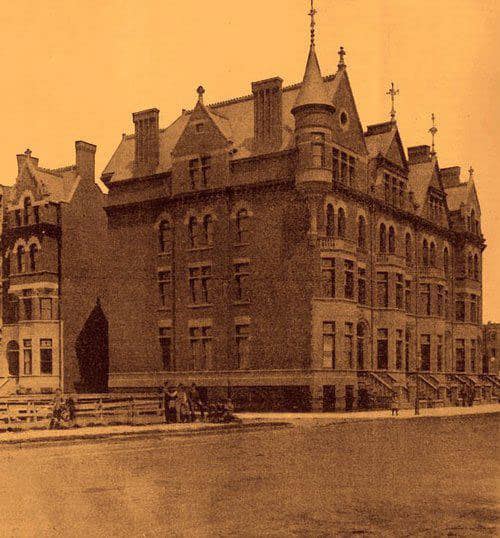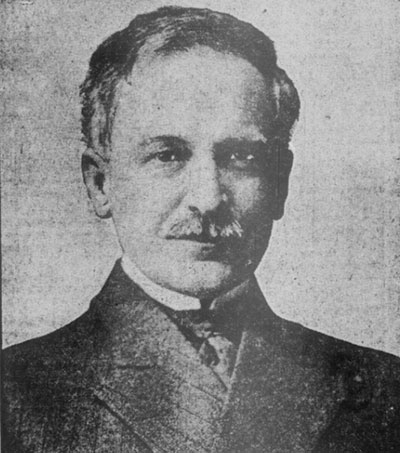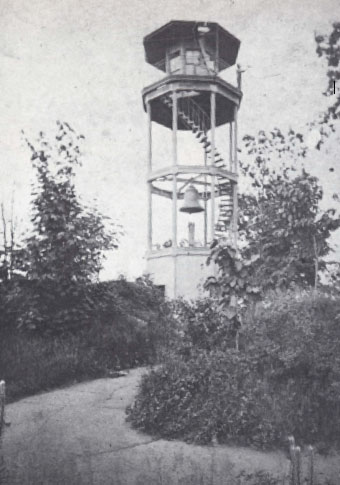History
About the Mount Morris House
The Mount Morris House was built as a single family home in 1888. Like most of the houses in the neighborhood, it was meant for a well-to-do family who wanted to escape the noise and bustle of downtown Manhattan. The house was designed by James E. Ware, one of the celebrated architects at the turn of the 19th century.
Mount Morris House faces Mount Morris Park. The park is situated on the northern end of Fifth Avenue in Manhattan. It is ten blocks north of Central Park, originally designed for the use of the prosperous inhabitants of the neighboring houses. It surrounds a stony hill with the last fire-bell tower surviving in Manhattan. The neighborhood surrounding the park is now known as The Mount Morris Park Historic District and it was designated as one of the landmarked neighborhoods of Manhattan in 1970’s.
Most of the houses in the neighborhood are built in the ornate style of late Victorian architecture. A number of notable New Yorkers were some of their first occupants, such as, William Tuthill, the architect of Carnegie Hall, Richard Rogers, the musical composer, as was his partner, Oscar Hammerstein. Also, John Dwight, the creator of the Arm & Hammer Company, built his residence a few blocks away along with two more houses for his extended family.
One of the first occupants of Mount Morris House was Dr. William Josephus Robinson. He was a controversial doctor who lived and practiced at the turn of the 20th century. His expertise were in human sexuality and sexual behavior, especially female sexuality. He wrote many books on the subject and he corresponded regularly with Freud. He established a publishing company in the house, “The Critic and Guide Company”, and installed a printing press in the cellar of the house. His views were considered extreme at the time and his books were banned from publication. Dr. Robinson also ran his practice in the house and he owned it until the late twenties.
Like many large townhouses built during New York’s Gilded Age at the end of 19th century, this house also became very expensive to maintain by the 1920’. Many families who owned such large houses started accepting ‘respectable’ family men as weekly lodgers to help with the cost of maintenance. These lodgers had their homes and outside of Manhattan. They worked in the City during the week and returned to their families for the weekends. As the fortunes of the New York declined after the Great Depression, many private residences were slowly divided into rooming houses, their spaces divided and subdivided to increase their potential income. Mount Morris House did not escape this fate either. It was sold and resold and its bedrooms divided. Finally, in the mid seventies, its owner at the time turned it back into a single-family residence and restored its rooms to their original configuration. The present owners have continued to maintain the house as a single family home, have updated all its mechanicals and restored most of its original details. 30 Night Minimum.



